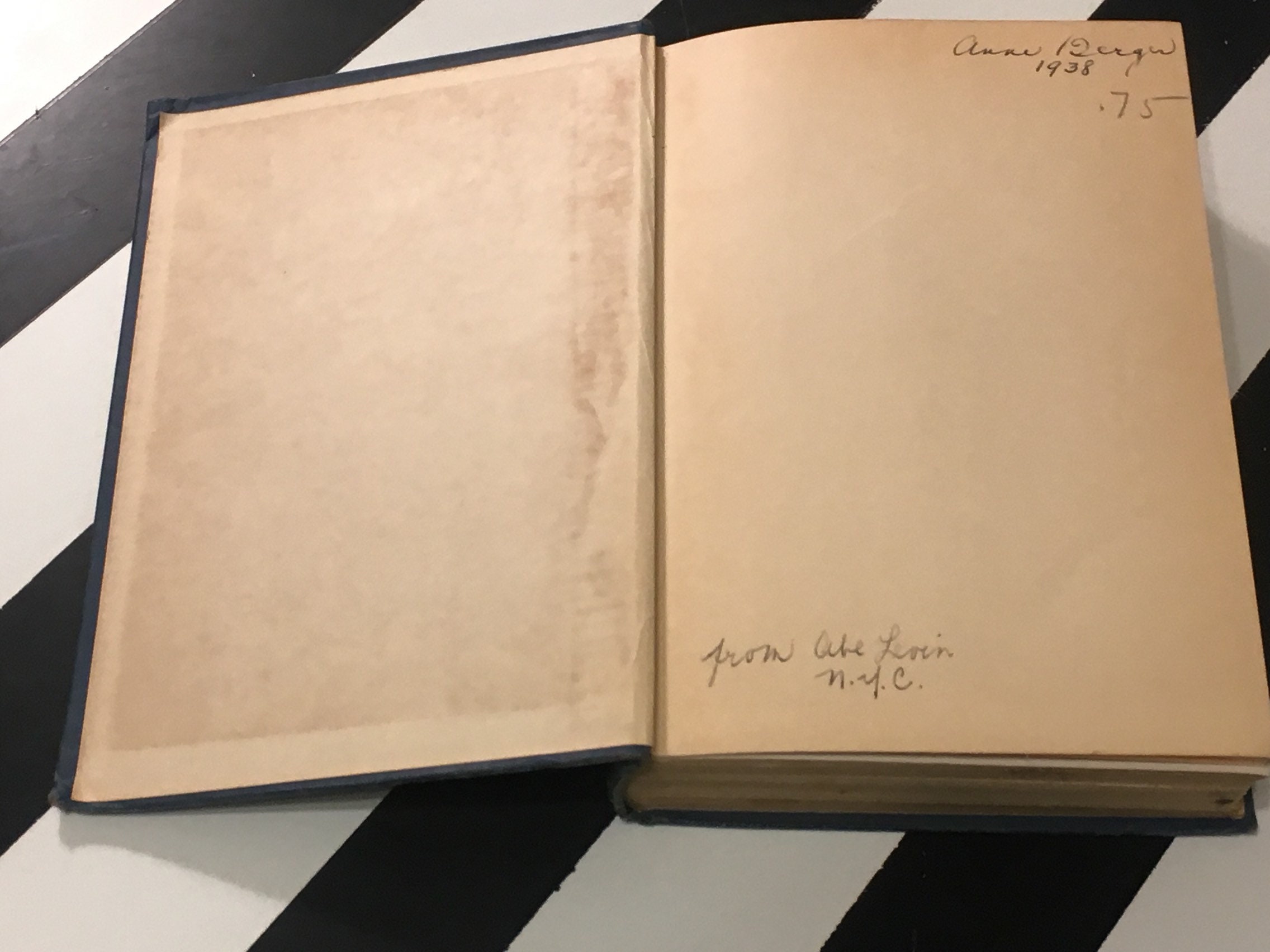

When the time came for the French Revolution. This caused her dislike among the aristocracy and the poor. He states that she was always in her own little circle of friends and never reached out to the aristocracy or the poor. She was pretty, charming, and pleasure-seeking. She enjoys dancing, card games, and plays. Marie Antoinette is often portrayed as vain, selfish, and a scatterbrain.

He portrays her faults and is very critical of her personality. It is obvious that Stefan Zweig had no love for his subject. Instead, Marie Antoinette was just an average woman who was thrust into the spotlight that the French Revolution cast upon her. Stefan Zweig also states that Marie Antoinette was neither a great woman nor a woman who deserved to be hated by the Revolution. She would have been like many other French queens that came before her. Yet, Stefan Zweig’s classic biography of this queen tells us that if it was not for the French Revolution Marie Antoinette would most likely be forgotten in history. My Review: Marie Antoinette is one of history’s most famous queens. An impassioned narrative, Zweig's biography focuses on the human emotions of the participants and victims of the French Revolution, making it both an engrossingly compelling read and a sweeping and informative history.


Stefan Zweig's Marie Antoinette: The Portrait of an Average Woman is a dramatic account of the guillotine's most famous victim, from the time when as a fourteen-year-old she took Versailles by storm, to her frustrations with her aloof husband, her passionate love affair with the Swedish Count von Fersen, and ultimately to the chaos of the French Revolution and the savagery of the Terror. Synopsis: Life at the court of Louis XVI and Marie Antoinette has long captivated readers, drawn by accounts of the intrigues and pageantry that came to such a sudden and unexpected end. Source: Edelweiss/Publisher in exchange for an honest review. Marie Antoinette: The Portrait of an Average Woman


 0 kommentar(er)
0 kommentar(er)
